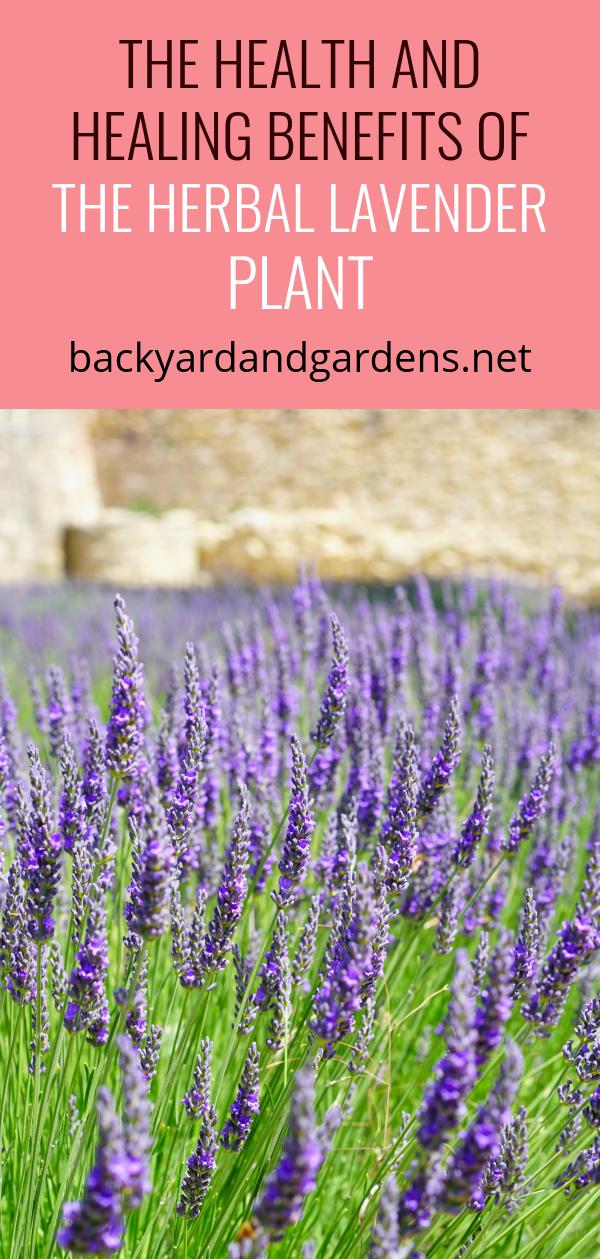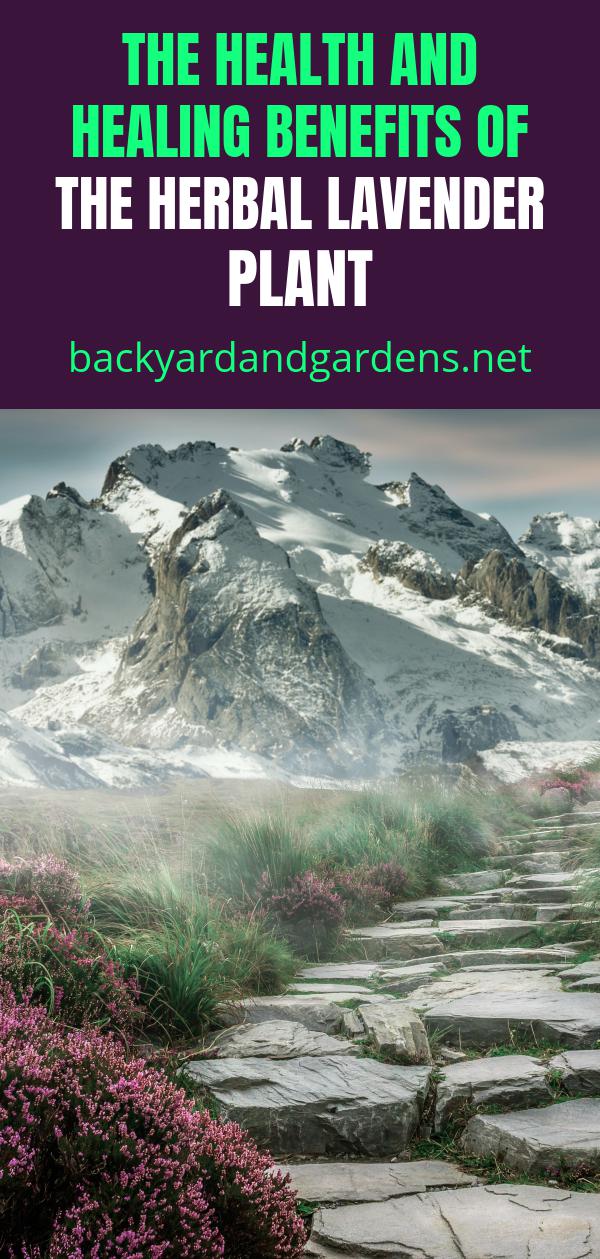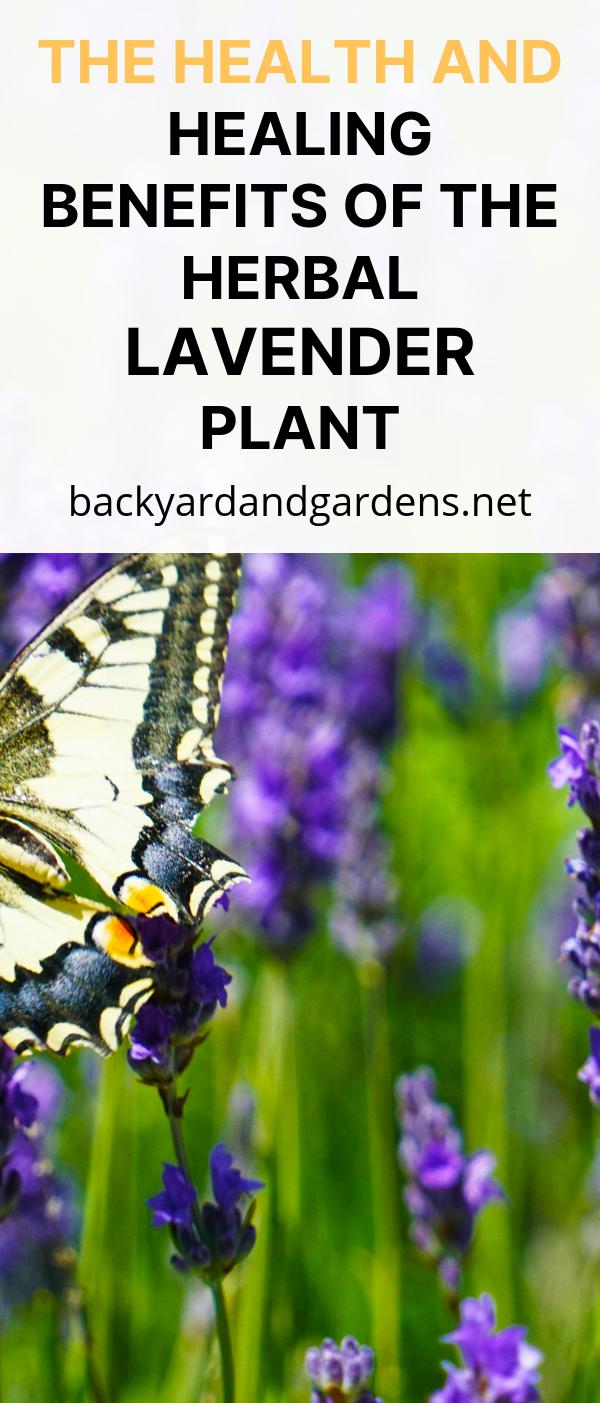The Health and Healing Benefits of The Herbal Lavender Plant
If you have ever stepped into a well-tended garden, or you grow a garden of your own, then you are probably familiar with the shrub lavender.

For most of us, we know lavender as a scent used in perfumes, a kind of purple dye, a pretty spring flower. But did you know that this sweet-smelling flower that blooms in the spring can also be beneficial for your health? In the past several decades, researchers have studied the lavender flower under the microscope and discovered exciting results. However, before we get into that, let us first get to know this lovely plant.
Lavender: The Plant
In olden times, spouses were encouraged to place lavender flowers between their bedsheets, as this plant was supposed to keep them from quarreling. Folklore aside, lavender can work magic to any home and any garden.
There are actually several species of the lavender plant. Spanish lavender, or Lavandula stoechas, was a popular scent used in Roman baths. Lavandula dentata, or French lavender, was also used in the same manner. The English lavender, Lavandula angustifolia, has a superb oil quality and is mainly used as a scent for perfumes. Lavandin, or Lavandula x intermedia, with its royal purple color and long-stemmed flowers, was mainly used for ornamental purposes.
The lavender plant has characteristic small, spear-shaped leaves that are green when young and turn silvery-gray as it matures. The margins of the leaves are dented with teeth-like shapes in some varieties, making the foliage look even more attractive.
When speaking about its flowers, the darker the color, the more sought-after the species is going to be. Dark purple flowers of the lavender plant are perfect for drying since their pigments don’t fade quickly.
Health Benefits
Native to the Mediterranean region, the lavender plant is best recognized around the world for its fresh and heady fragrance. However, aside from its scent, the lavender also has a long history in herbal healing.
Since the time of the Romans, the lavender plant was used in baths for its sweet scent and soothing effects. In fact, this is where it got its name. The Latin “lavare” means “to wash.” The Tibetans also used an edible variety of lavender as butter which they used as an ingredient in a traditional treatment for nervous disorders. Today, the lavender is valued widely in Europe for its essential oil. The oil, which may be applied topically or internally, is said to cure a host of ills, from anxiety to sunburn.

Researchers have also studied the extract from crushed lavender flowers. One extract distilled from Lavandula angustifolia using perillyl alcohol is said to have properties that could prevent and treat various cancers, including breast, ovarian, pancreatic, liver, and prostate. In an animal experiment, researchers at the University of Wisconsin (Madison) discovered that lavender extract could reverse the growth of advanced mammary tumors in rats.
Other uses of this herb include treatment for sunburn and minor cuts and scrapes. The flower, famous for its aroma, also has antiseptic and astringent properties that folk healers took advantage of hundreds of years ago. Teas made from dried flowers have therapeutic effects that can help people counter insomnia and promote restful sleep. Used in aromatherapy, the herb is said to relieve nervous tension and lift mild depression.
